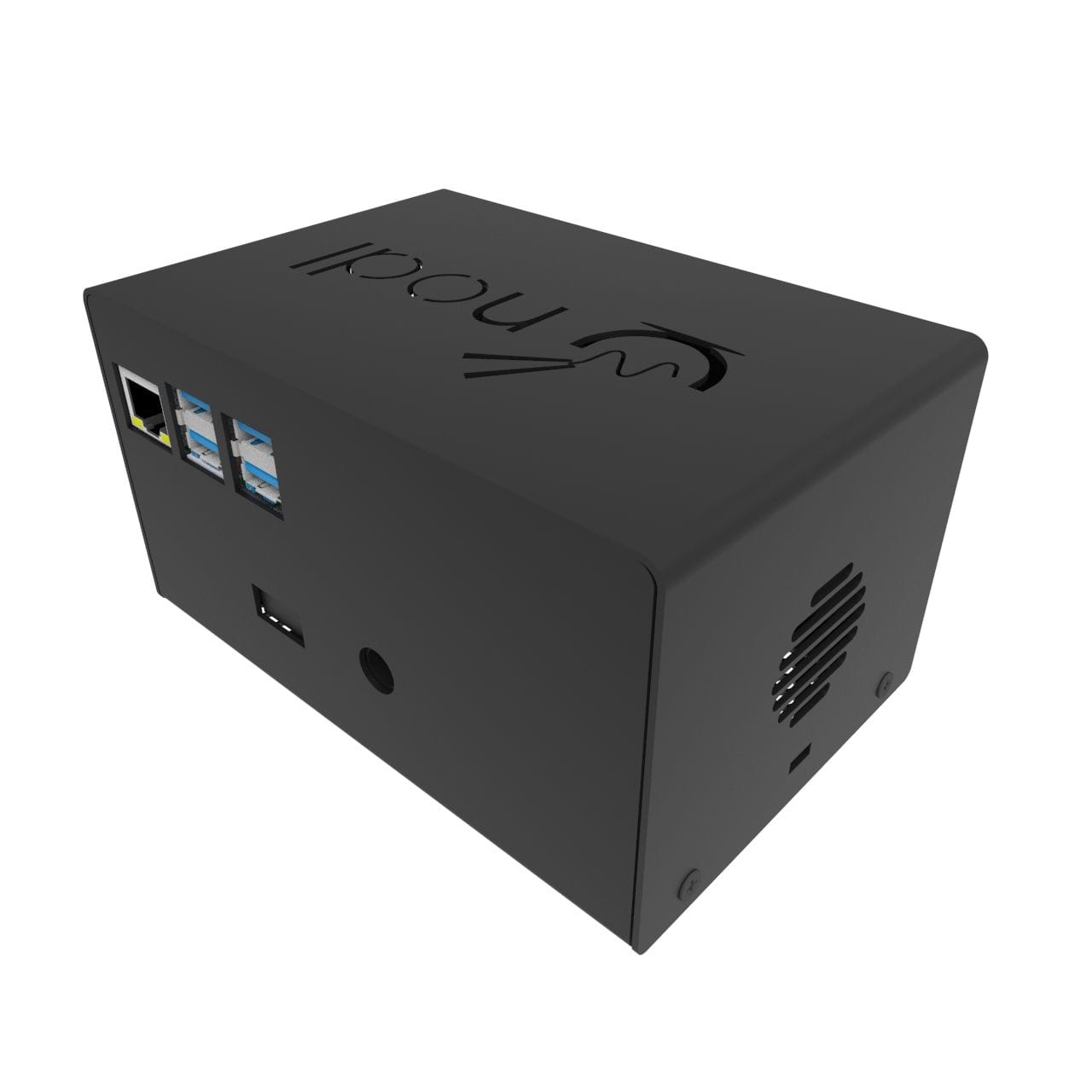This article is part of the “Bitcoin 101”, a series of short articles that explain the why and how of bitcoin.
No company, state, or individual can control the Bitcoin network. The rules of its protocol were set when it went into production on January 3, 2009. Thousands of people participate in verifying the network's rules by using “nodes”. These nodes hold a copy of the complete history of the network's transactions and validate the transactions that are added to new blocks. Anyone can use a node and participate in the distributed validation of transactions. Thus, the network is made up of users from around the world who validate and propagate transactions among themselves.

The nodes should not be confused with the miners, who can add transactions to the network through the creation of new blocks. However, miners cannot deviate from the network's rules, which are imposed by the users who own nodes. A block that does not comply with the rules imposed by the network will therefore be rejected, causing a heavy financial loss for the miner who provided the necessary work for its creation.
Developers who create new enhancements cannot impose their rules on the Bitcoin network either, as updating node software is entirely voluntary. Each user is thus free and responsible for updating their node software.
A bitcoin owner who holds a large quantity cannot influence the network more than another user who has less bitcoin. The only way to have a voice is to use one's own node or with their Bitcoin wallet.
Given the completely distributed nature of Bitcoin, no politician, government, or company can therefore have any control over Bitcoin. There is also no head to cut off, as there is no authority in charge. This management model is thus very resilient because it is difficult — if not impossible — to censor.
Everyone can control their bitcoins, but no one can manage the Bitcoin network.



